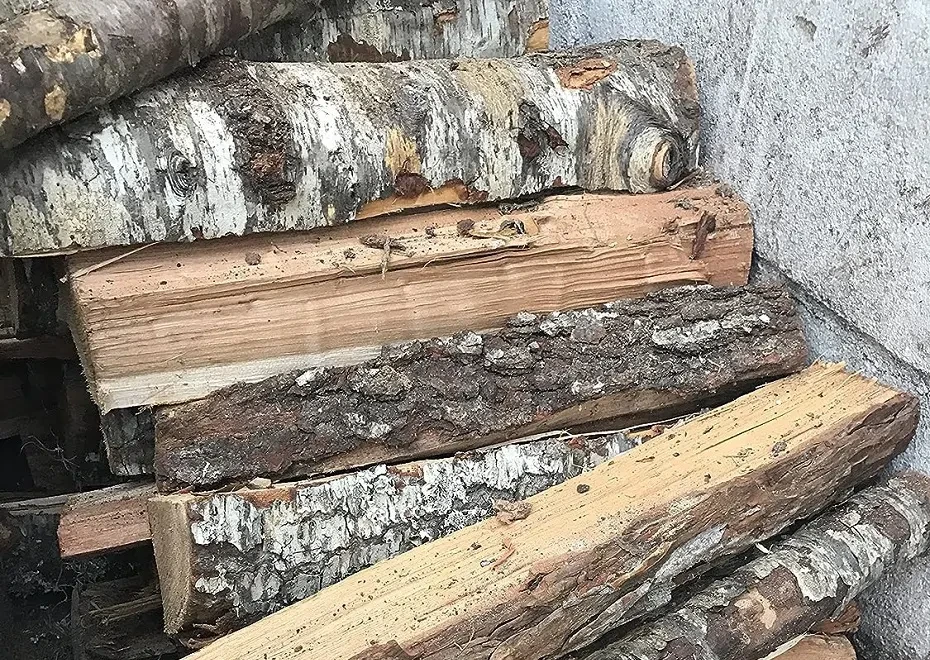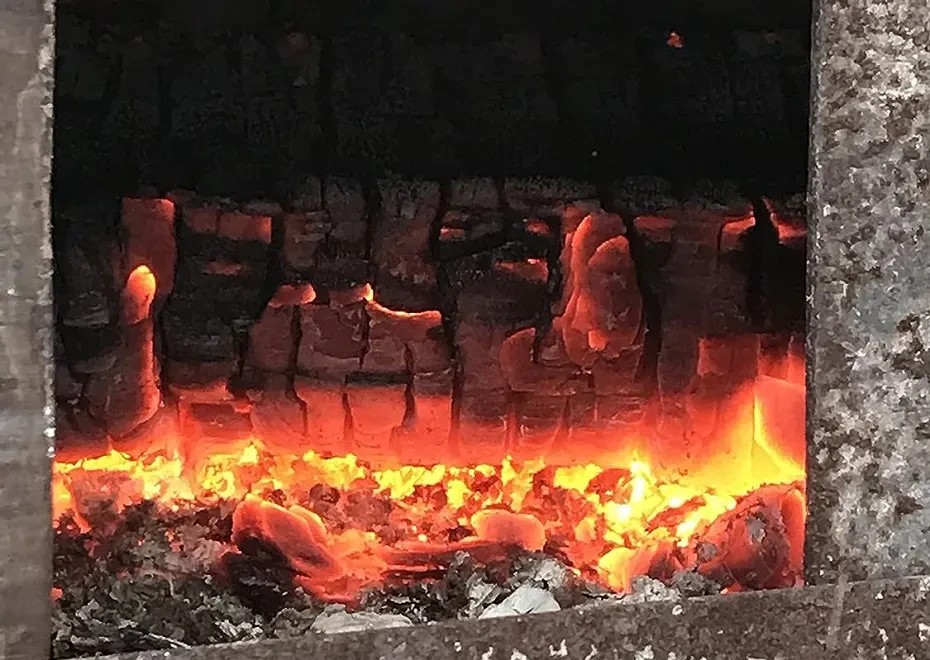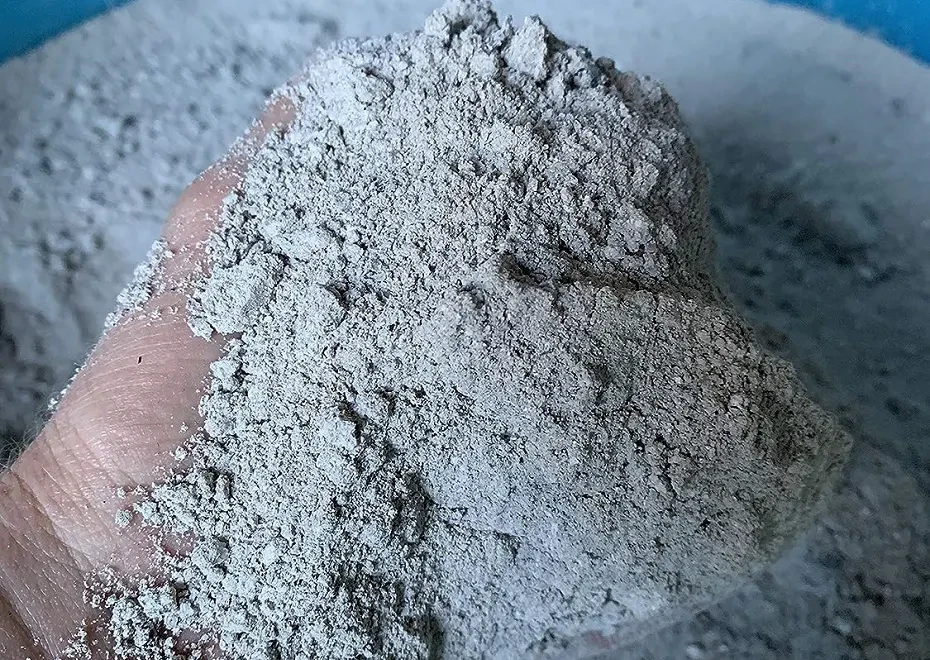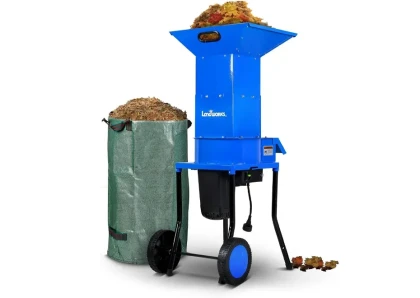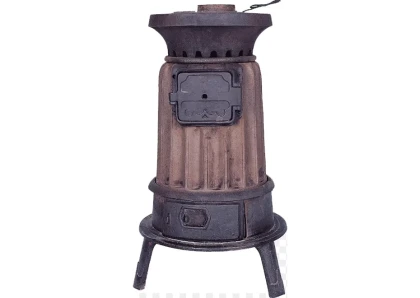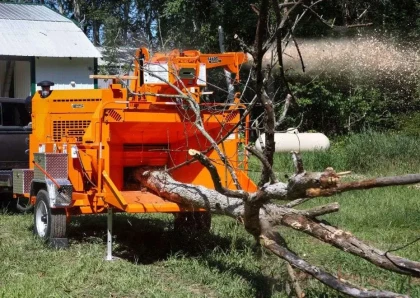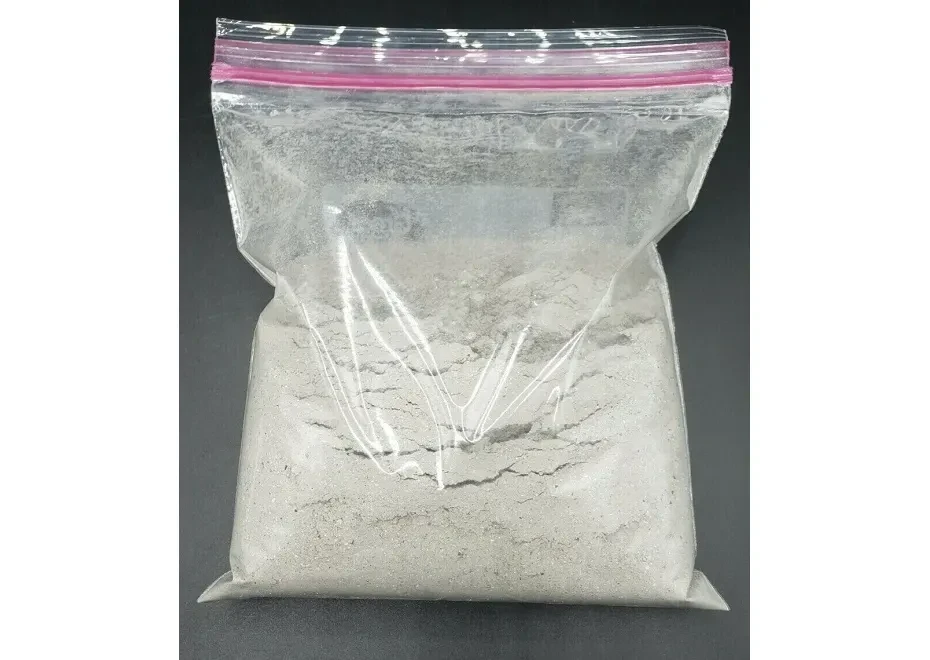
Pure Sifted Hardwood Ash
Overview
Discover endless possibilities with our 11 oz Sifted Organic Wood Ash. A unique blend of walnut, oak, ash, and maple hardwood, sourced from our Pennsylvania property without any chemicals. Unleash your creativity in pottery, soap making, and pH adjustment, supported by nature's touch.
Ignite your creativity with the 11 oz Sifted Organic Wood Ash. Whether enhancing pottery, infusing soap with an organic touch, or exploring pH adjustments, this blend of walnut, oak, ash, and maple offers a world of artistic and practical potential. Experience the tactile delight of pure sifted hardwood ash, supporting our family business while embracing the essence of nature's offerings.
Benefits of Using Pure Sifted Hardwood Ash
Wood ash is a natural and sustainable product that can be used for a variety of purposes, including as a fertilizer, soil amendment, pest repellent, and odor reducer. It is made from the byproduct of burning wood, so it is a renewable resource.
- Fertilizer: Wood ash is a good source of potassium, calcium, and magnesium, which are essential nutrients for plant growth. It can be used to fertilize a variety of plants, including vegetables, fruits, flowers, and herbs.
- Soil amendment: Wood ash can help to improve the drainage and aeration of soil, making it more fertile and easier for plants to grow. It can also help to neutralize soil acidity, which can be beneficial for plants that prefer alkaline soil.
- Pest repellent: Wood ash can be used to repel pests such as slugs, snails, and insects. It can also be used to deter animals such as rabbits and deer from eating plants.
- Odor reducer: Wood ash can be used to reduce odors in compost piles, garbage cans, and other areas. It can also be used to freshen up the air in your home or garden.
How to Use Pure Sifted Hardwood Ash
Wood ash can be used in a variety of ways, depending on the purpose for which you are using it.
- Gather your materials. You will need wood ash, a sifter, a bucket or other container, and gloves.
- Sift the wood ash. This will remove any large pieces of debris.
- Add the wood ash to the bucket or container.
- Measure the pH of the wood ash. You can do this with a pH meter or pH test strips.
- Use the wood ash according to its pH. Wood ash is alkaline, so it is important to use it in moderation, especially in acidic soils.
- Be sure to wear gloves when handling wood ash. The ash can be caustic and can irritate your skin.
- Store the wood ash in a cool, dry place.
What type of Wood ash is good for soil?
Any type of hardwood ash can be good for soil, but oak and cherry are two of the best types. Oak ash is high in potassium, while cherry ash is high in calcium. Both types of ash can help to improve the drainage and aeration of soil, as well as add nutrients.
| Type of Wood | Ash Content | pH | Other Beneficial Nutrients | Best Uses |
| Hardwoods | High | Alkaline | Potassium, calcium, magnesium, phosphorus, sodium | Most plants |
| Softwoods | Low | Acidic | Potassium, calcium, magnesium | Acid-loving plants |
| Fruitwood | High | Alkaline | Potassium, calcium, magnesium, phosphorus, sodium | Most plants |
| Nutwood | High | Alkaline | Potassium, calcium, magnesium, phosphorus, sodium | Most plants |
| Barbecue ash | Low | Variable | Potassium, calcium, magnesium, phosphorus, sodium | Most plants |
Safety Precautions for using Pure Sifted Hardwood Ash
Hardwood ash is a natural product, but it is still important to take some safety precautions when using it. Here are a few tips:
- Always wear gloves when handling hardwood ash.
- Avoid breathing in the ash dust.
- Keep hardwood ash away from children and pets.
- Store hardwood ash in a cool, dry place.
How To Make Wood Ash?
Step 1: Gather Wood Begin the process by collecting hardwood branches or trimmings. Opt for wood from trees such as walnut, oak, ash, and maple. It's crucial that the wood is dry and devoid of any coatings or treatments. This initial selection sets the foundation for quality wood ash production.
Step 2: Select a Burning Area Choose an appropriate location for burning the wood. This can be an outdoor fire pit, a dedicated fireplace, or even a wood-burning stove designed for controlled burns. Prioritize safety by ensuring the chosen area is well-ventilated and positioned away from flammable objects.
Step 3: Prepare the Fire Lay the groundwork for your burn by arranging firewood or kindling in the designated area. The initial ignition is facilitated by smaller wood pieces. Craft a carefully constructed firebed that will evolve into the cornerstone of the wood ash creation process.
Step 4: Burn the Wood Once the fire is ignited and steadily burning, introduce the hardwood branches or trimmings to the flames. Allow the wood to fully burn and transform into ash. Control the pace of the burn by adjusting the size of the wood pieces and managing the airflow to the fire.
Step 5: Cool Down Patience is key in this step. After the wood has burned down completely, give the resulting ashes ample time to cool down. Depending on the scale of the fire and the volume of wood burned, cooling might take several hours or extend into the next day. Ensuring complete cooling prevents any potential hazards.
Step 6: Collect Ash Once the ashes are cool to the touch, use a sturdy metal container to collect the ash. Exercise caution as you handle the ash, as some embers might still retain heat. The goal is to safely gather the ash without disturbing any residual warmth.
Step 7: Sieve the Ash Enhance the quality of your wood ash by sifting it through a fine-mesh sieve or screen. This step ensures a consistent and refined texture by removing any larger debris or particles. The resulting sifted ash is primed for various applications.
Step 8: Store the Ash Preserve the integrity of your wood ash by storing the sifted product in a dry, airtight container. Shield it from moisture, as a dry consistency is vital to its versatility and usability in gardening, pottery, soap making, and beyond.
How To Collect Wood Ash?
- Use a metal pan or bucket: Place a metal pan or bucket under the fire pit or fireplace to catch the ash as it falls. This is the most common way to collect wood ash.
- Spread a tarp or sheet: Spread a tarp or sheet under the fire pit or fireplace to catch the ash. Once the fire is out, you can then scoop up the ash from the tarp or sheet.
- Use a vacuum cleaner: Use a vacuum cleaner with a HEPA filter to collect the ash. This is a good option if you don't have a metal pan or bucket, or if you want to avoid getting ash on your hands.
Is Pure Sifted Hardwood Ash Worth It?
Whether or not wood ash is worth it depends on your individual needs and preferences. If you are looking for a natural and sustainable way to fertilize your plants, improve your soil, or repel pests, then wood ash may be a good option for you. However, it is important to note that wood ash can also be alkaline, so it is important to use it in moderation and to test your soil pH levels regularly.
Pros:
- Natural and sustainable: Wood ash is a natural product that is created when wood is burned. It is a sustainable option for fertilizing plants and improving soil, as it does not require the use of chemicals or synthetic fertilizers.
- Fertilizer: Wood ash is a good source of potassium, calcium, and magnesium, which are essential nutrients for plant growth. It can be used to fertilize a variety of plants, including vegetables, fruits, flowers, and herbs.
- Soil amendment: Wood ash can help to improve the drainage and aeration of soil, making it more fertile and easier for plants to grow. It can also help to neutralize soil acidity, which can be beneficial for plants that prefer alkaline soil.
- Pest control: Wood ash can be used to repel pests, such as slugs, snails, and ants. The ash's abrasive texture can make it difficult for pests to move around, and the ash's high pH can also deter pests.
- Odor reducer: Wood ash can be used to reduce odors in compost piles, garbage cans, and other areas. The ash's absorbent properties can help to absorb odors, and the ash's high pH can also help to neutralize odors.
Cons:
- Alkaline: Wood ash is alkaline, so it is important to use it in moderation, especially in acidic soils. Too much wood ash can raise the pH of soil too high, which can damage plants.
- Caustic: Wood ash can be caustic and can irritate skin and eyes. It is important to wear gloves and eye protection when handling wood ash.
- Fire hazard: Wood ash is a fire hazard, so it is important to store it in a cool, dry place away from flammable materials.
Conclusion
Wood ash is a versatile and natural product that can be used for a variety of purposes. If you are looking for a natural and sustainable way to fertilize your plants, improve your soil, or repel pests, then wood ash may be a good option for you. However, it is important to note that wood ash can also be alkaline, so it is important to use it in moderation and to test your soil pH levels regularly.
FAQs
1. What is Pure Sifted Hardwood Ash? Pure Sifted Hardwood Ash is a finely processed product derived from the ashes of hardwood trees like walnut, oak, ash, and maple. It's free from impurities and ready for various applications.
2. How is it used in gardening? Pure Sifted Hardwood Ash serves as a natural fertilizer and soil amendment. It enriches soil with essential nutrients, enhances pH levels, and boosts plant health.
3. Can it be used for pottery? Absolutely. When incorporated into pottery glazes, it adds unique textures and effects during firing, resulting in distinct artistic finishes.
4. What's its role in soap making? Pure Sifted Hardwood Ash contains alkalis crucial for traditional soap-making processes. It's a key ingredient in creating handmade soaps.
5. Is safety a concern when using it? While Pure Sifted Hardwood Ash is safe when handled properly, wearing gloves and avoiding inhalation is recommended. Use caution to prevent over-application in gardening, and follow accurate measurements in soap making and other projects.
No listings available
Related Products
Questions & Answers
What do you want to know about this product?
Reviews (5)
GreenThumbGal92
Nourishing Elixir for Soil Health
Pure Sifted Hardwood Ash transforms my garden's vitality. As a horticulturist, I swear by its nutrient-rich blend.
ClayCraftMaestro77
Pottery Alchemy Unleashed
Wood ash magic! My pottery takes on new life with this blend. Texture and hues are a game-changer.
SoilSculptor
pH Maestro for Thriving Plants
My soil's pH dances perfectly now. Expert-recommended and field-tested, this ash works wonders.
SoapArtisanLily
Masterpiece in Soap Crafting
A soap-making marvel! Years of expertise led me to this ash for top-notch saponification.
ArtisticBark20
Arboreal Elegance for Artistry
Pottery meets innovation! This wood ash lends authenticity to my pieces. A must-have for artisans.



